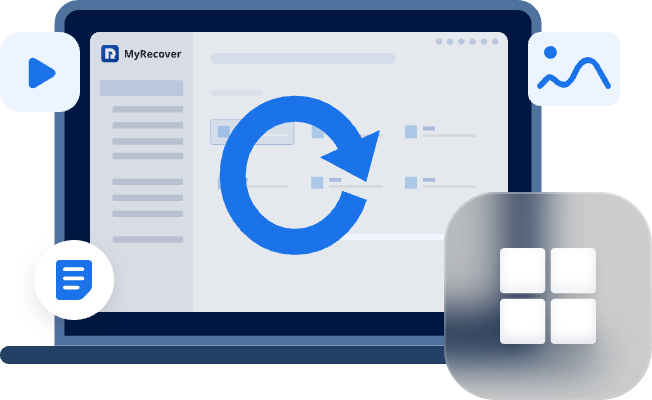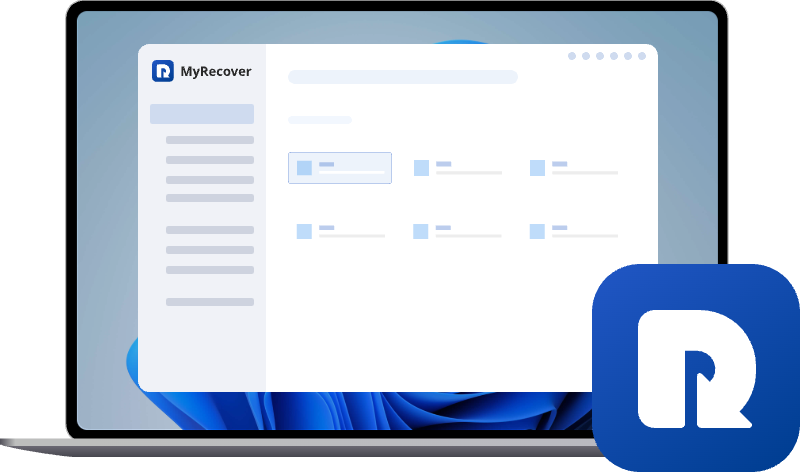The Parameter Is Incorrect: Causes, Fixes, and Solutions
Facing the error "drive is not accessible the parameter is incorrect"? Discover step-by-step methods to restore access to your drives, recover lost files, and solve this common Windows issue efficiently.
What Does "The Parameter Is Incorrect" Mean?
Essentially, this error is Windows’ way of saying, "Something isn’t right, but I can’t be more specific". It usually points to issues with your drive, file system, or the way your computer is trying to access data. Think of it as your PC politely refusing to open a door it thinks is jammed.
Common Scenarios Where This Error Occurs
This error pops up in several everyday situations. Let’s break down the most common ones.
1. Accessing External Drives
Plug in a USB drive or external HDD and… bam! You see "the parameter is incorrect". Often, this happens when the drive has file system issues or bad sectors. You might also notice the drive shows up as RAW or isn’t recognized correctly.
2. Running Commands in Command Prompt
Sometimes, even typing simple commands like xcopy or robocopy can trigger this error if Windows can’t interpret the drive’s data correctly. This usually happens when the source or destination drive has corruption or unsupported file formats.
Why Does This Error Happen?
Understanding the cause is half the battle. Here are the main culprits.
File System Corruption
If your drive’s file system (NTFS, FAT32, exFAT) is corrupted, Windows can’t read the data properly. Corruption can occur from improper ejection, sudden power cuts, virus attacks, or software crashes.
Bad Sectors on the Drive
Physical damage or worn-out drives often contain bad sectors, which confuse the system and trigger the parameter error. Over time, repeated read/write operations can create these bad spots.
Software Conflicts or Malware
Sometimes third-party software or malware interferes with your drive’s operations, causing unexpected errors. Even antivirus software can sometimes mistakenly block a drive’s access.
How to Fix "The Parameter Is Incorrect" Error
Luckily, most solutions are straightforward. Let’s explore each method in detail.
Method 1: Check the Drive for Errors
1. Right-click on the problematic drive and select Properties.
2. Navigate to the Tools tab.
3. Click Check under Error checking.
Windows will scan the drive for file system errors and attempt automatic repair. This method is safe, doesn’t delete your files, and works well for minor logical errors.
Method 2: Run CHKDSK in Command Prompt
CHKDSK is a powerful tool to fix file system issues and bad sectors.
1. Press Win + X → Command Prompt (Admin) or Windows Terminal (Admin).
2. Type the command: chkdsk X: /f /r. Replace X with your drive letter.
- /f fixes any errors on the disk.
- /r locates bad sectors and recovers readable information.
3. Press Enter and wait patiently. The process may take several minutes to hours depending on drive size.
- Avoid using the drive during this process. CHKDSK can sometimes recover files from damaged sectors, which prevents data loss.
- Look here if CHKDSK is not available for RAW drives.
Method 3: Format the Drive (Backup First!)
If errors persist and the drive remains inaccessible, formatting is a last resort.
1. Backup important files using another tool if possible.
2. Right-click the drive → Format.
3. Choose a file system: NTFS (for Windows) or exFAT (for cross-platform use).
4. Check Quick Format (faster but less thorough) or uncheck it for a full format.
5. Click Start.
Method 4: Update Device Drivers
Outdated or corrupt drivers can trigger this error. Updating drivers often fixes the issue.
1. Press Win + X → Device Manager.
2. Expand Disk Drives and right-click the problematic drive → Update Driver.
3. Select Search automatically for updated driver software.
Method 5: Try Another USB Port or Computer
Hardware conflicts are surprisingly common.
- Unplug the drive and try a different USB port (preferably directly on the PC, not a hub).
- Connect the drive to another computer to see if the error persists.
Method 6: Use Windows Disk Management
Disk Management lets you see drive status and make fixes that File Explorer can’t.
1. Press Win + X → Disk Management.
2. Locate your problematic drive.
3. Check if it’s marked RAW, unallocated, or has no drive letter.
4. Options:
- Assign a new drive letter.
- Delete and recreate the partition (backup first!).
- Format the drive if necessary.
Method 7: Restore Data via MyRecover
If your files are valuable and nothing else works, professional software like MyRecover can save the day.
Pros:
- Easy to use with step-by-step guidance.
- High success rate for multiple file types.
- Can recover data without formatting.
Steps:
1. Download and install MyRecover.
2. Launch the software and select the problematic drive.
3. Click Scan to search for lost or inaccessible files.
4. Preview files to verify integrity.
5. Select and recover files to another safe location.
Tips to Prevent "The Parameter Is Incorrect" in the Future
Prevention is always better than cure.
Regular Drive Maintenance
Run chkdsk regularly, defragment HDDs, and scan for malware. Treat it like a regular health check for your drives.
Keep Your System Updated
Windows updates often fix bugs that trigger parameter errors. Don’t skip them, and ensure your drivers are current.
Backup Important Data Frequently
Use external drives or cloud storage. If errors occur, you won’t lose valuable files.
Conclusion
The "the parameter is incorrect" error may seem intimidating, but with the right approach, it’s fixable. From checking for file system errors to using professional recovery software like MyRecover, you have all the tools to tackle it. Stay proactive with backups, regular maintenance, and system updates to minimize future issues.


